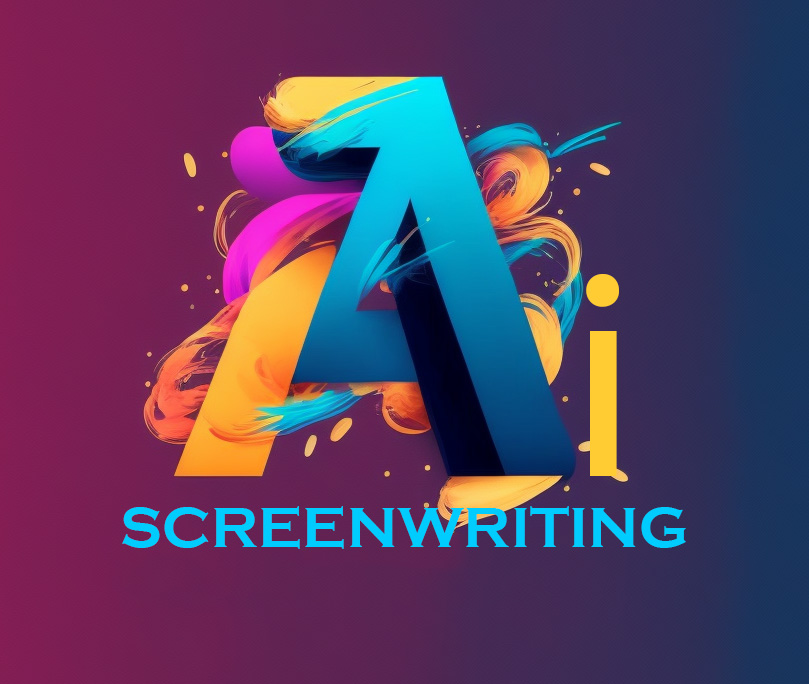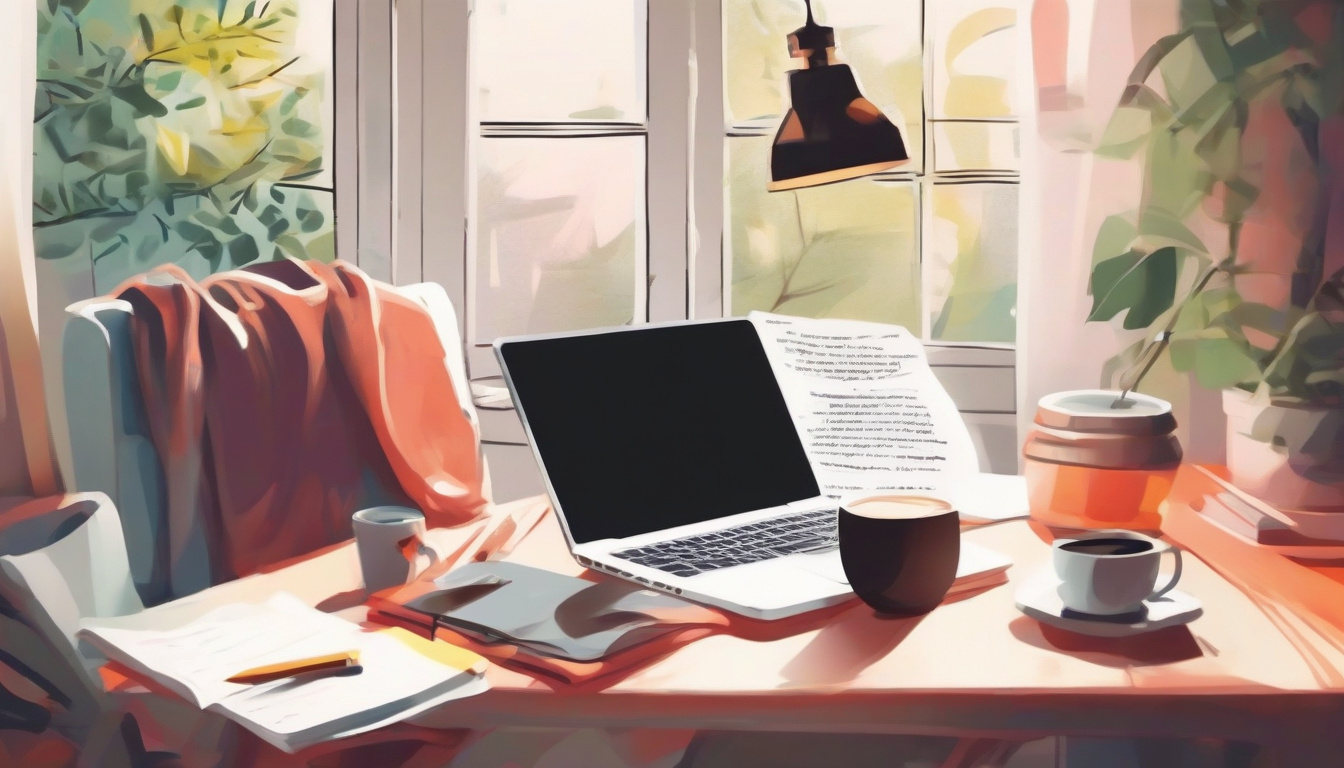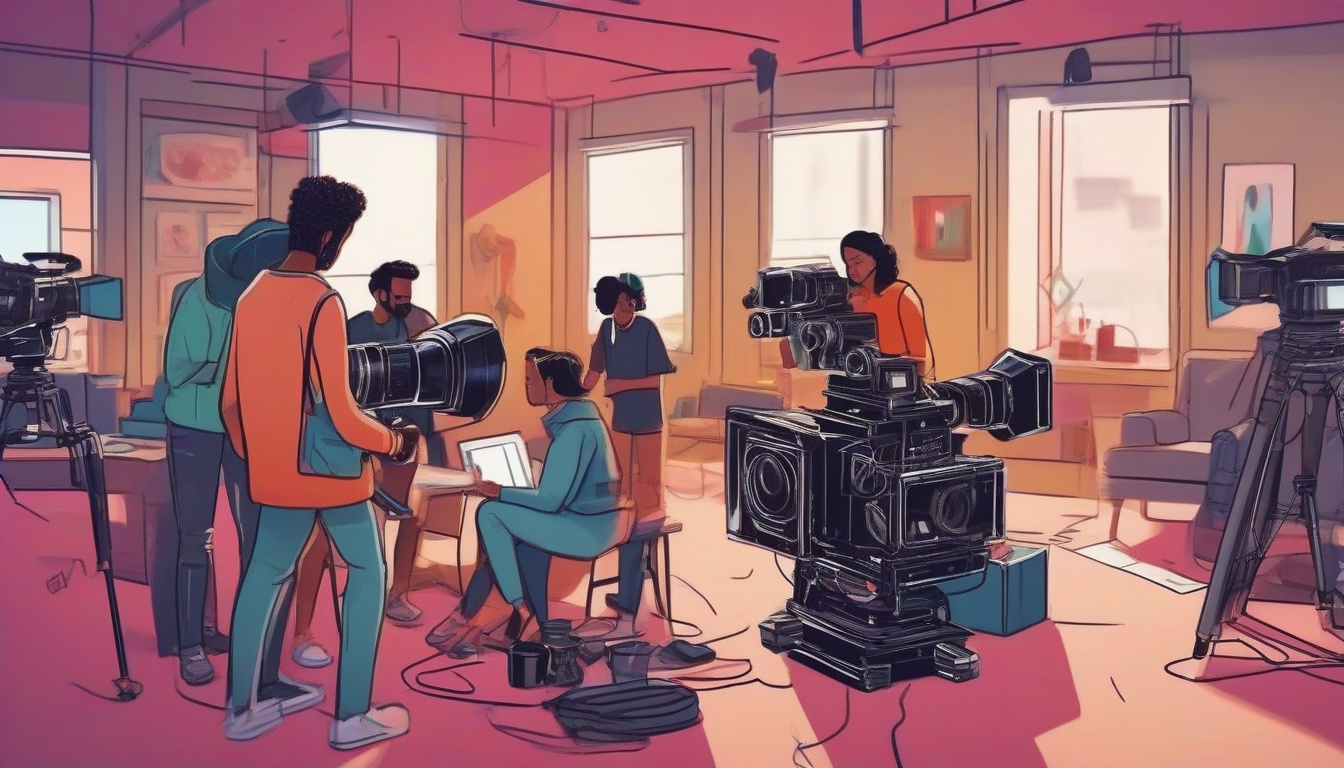
Creating a short film is an exhilarating journey that unites creativity and technical skills.
If you’re asking yourself how to make a short film, you’re not alone.
Filmmaking can be an enriching experience for both aspiring filmmakers and seasoned storytellers looking to sharpen their skills.
In this comprehensive guide, we’ll walk you through the essential steps of filmmaking, from the initial concept to the final cut.
By mastering the art of filmmaking, you not only tell a compelling story but also engage your audience in a deeply impactful way.
Let’s dive in!
Get Professional Screenplay Coverage in Minutes, Not Weeks!
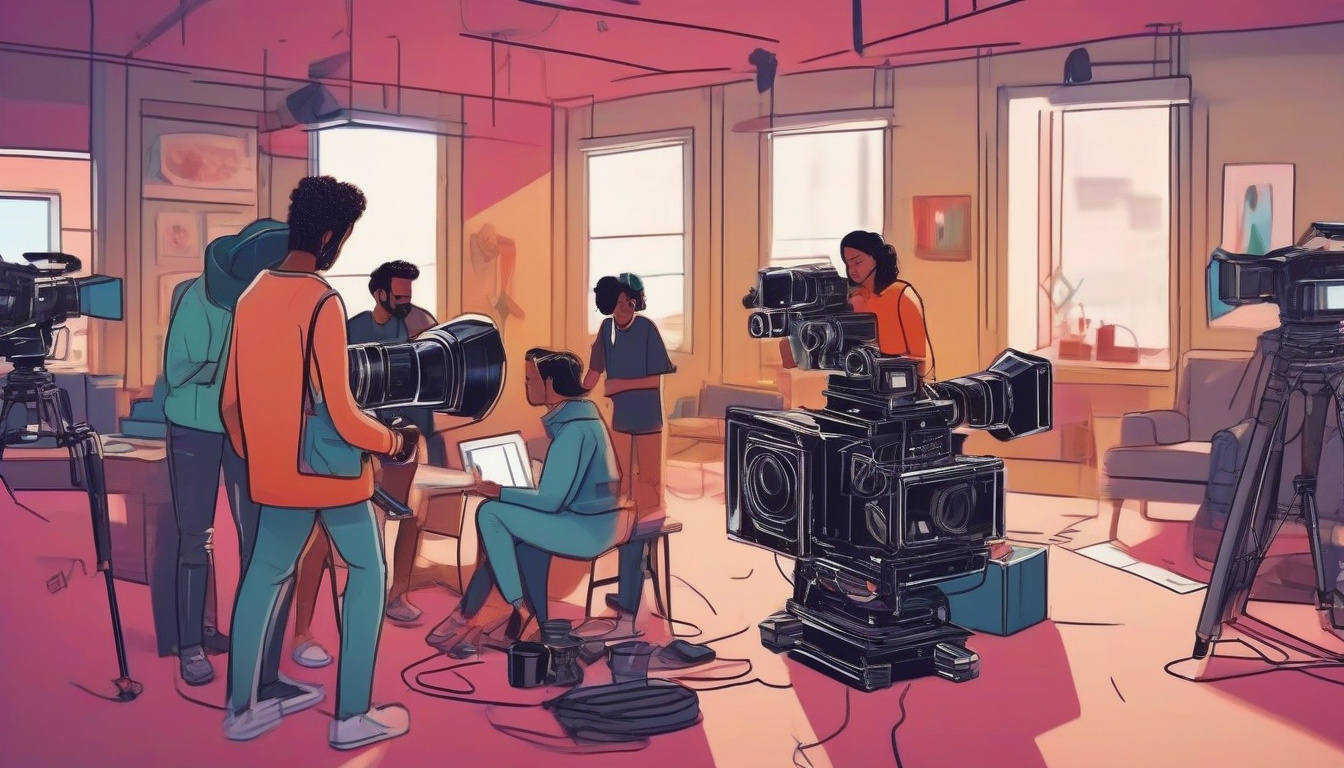 Get Professional Screenplay Coverage in Minutes, Not Weeks!
Get Professional Screenplay Coverage in Minutes, Not Weeks!
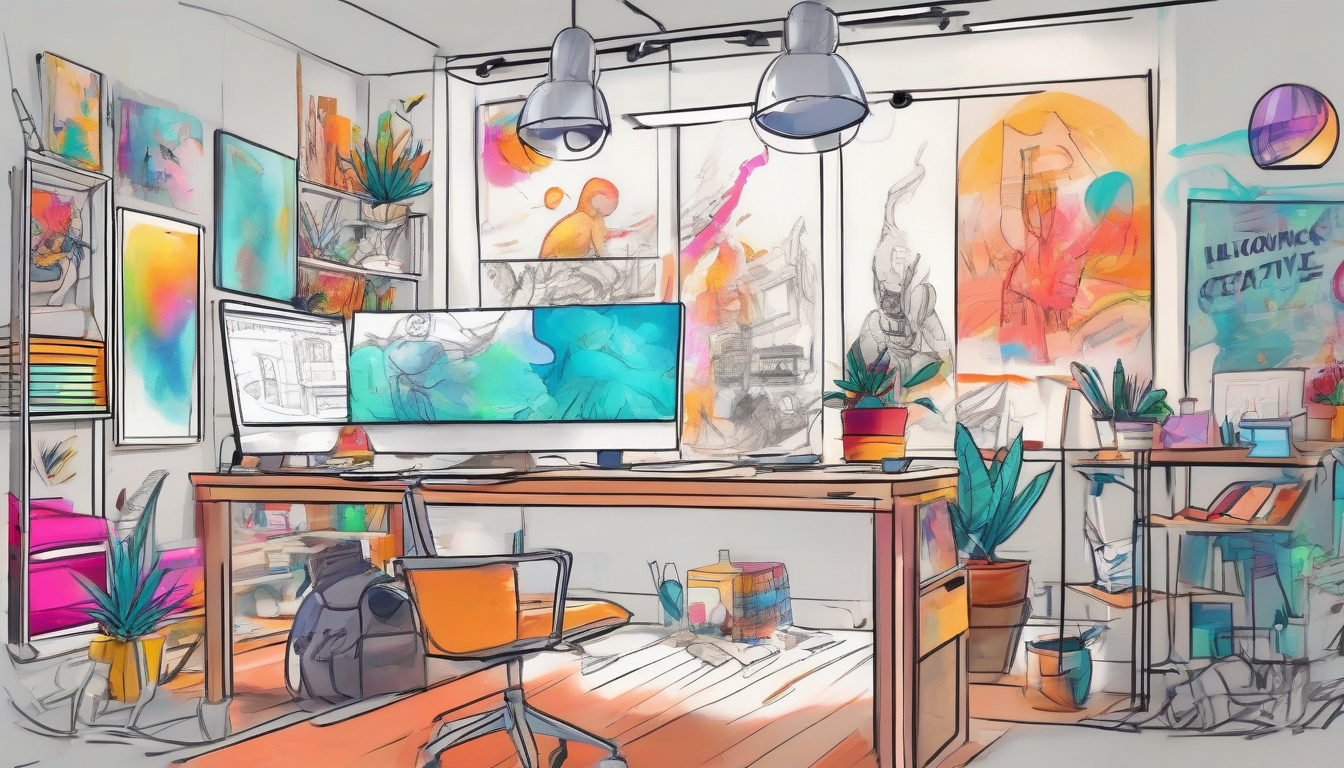
Creating a Script and Storyboard
Creating a script and storyboard is a crucial step in the process of how to make a short film.
A well-crafted script serves as the blueprint for your film, outlining dialogue, action, and key scenes.
Begin by brainstorming your core idea and developing it into a structured narrative that captures your audience’s attention.
Once you have your script drafted, translating it into a storyboard is essential.
This visual representation allows you to plan each shot effectively, determining how the story will unfold visually.
Consider the pacing, camera angles, and the emotional impact of each scene.
By meticulously planning through scripting and storyboarding, you not only enhance your creative vision but also streamline the production process, making it easier for your cast and crew to bring your short film to life.
Assembling Your Film Crew and Equipment
Assembling your film crew and acquiring the right equipment are crucial steps in the filmmaking process, especially when you learn how to make a short film.
Start by identifying key roles such as a director, cinematographer, sound technician, and production assistant.
Depending on your budget, you can either hire professionals or collaborate with film students and enthusiasts.
Networking events or online platforms can help you find talented individuals who share your passion for storytelling.
Once your crew is in place, focus on your equipment needs.
A basic setup may include a camera—DSLRs or mirrorless cameras are popular choices for indie filmmakers—along with tripods, lighting kits, and microphones to ensure high-quality visuals and sound.
Don’t forget to consider the specific needs of your script, as certain scenes may require specialized gear, like gimbals for smooth tracking shots or additional lighting for night scenes.
By thoughtfully assembling your crew and equipment, you’ll pave the way for a successful short film production.
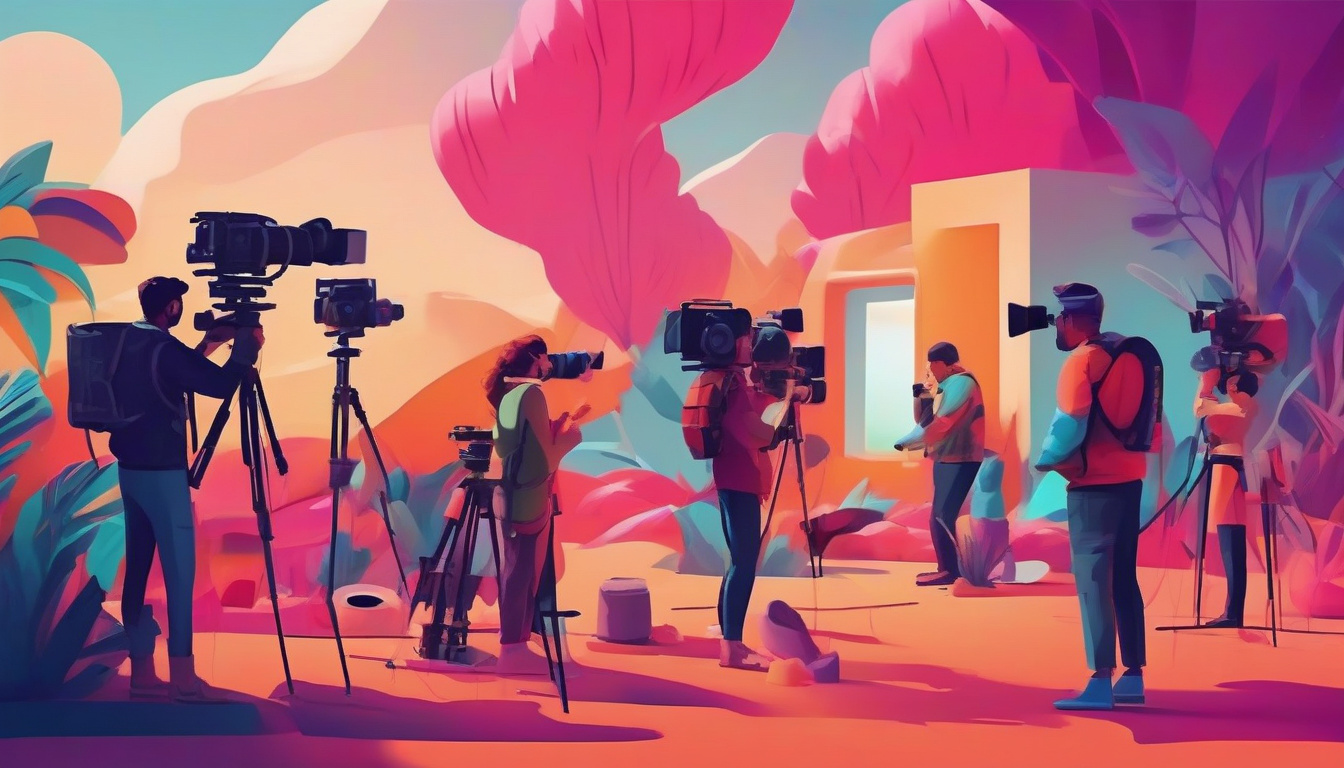
Filming Techniques and Best Practices
Filming a short film can be a thrilling yet challenging endeavor, and mastering key filming techniques is crucial for bringing your vision to life.
First and foremost, understanding how to make a short film starts with planning your shots meticulously.
Storyboarding helps in visualizing scenes, ensuring each shot serves your narrative efficiently.
Utilize a variety of camera angles—such as wide shots to establish settings and close-ups to capture emotions—to create a dynamic viewing experience.
Lighting also plays a pivotal role; natural light often provides a soft, authentic feel, while artificial lighting can help create a specific mood.
Don’t forget about sound quality; investing in good microphones and recording equipment can significantly elevate your film’s production value.
Finally, allow for spontaneity in your shooting schedule.
While having a detailed shot list is essential, being flexible can result in unexpected, magical moments that enhance your narrative.
By incorporating these filming techniques and best practices, you’ll be well on your way to crafting a compelling short film that resonates with audiences.
Editing and Post-Production Tips
Editing and post-production are crucial stages in learning how to make a short film.
The editing process begins with organizing your footage to easily access the best takes.
Use software like Adobe Premiere Pro or Final Cut Pro for a smooth editing experience.
Pay attention to pacing; a well-timed cut can elevate the emotional impact of your film.
Incorporate sound design and music effectively to enhance the narrative and draw the audience in.
Remember to color grade your film for a polished look, ensuring that the visuals align with the mood you want to portray.
Finally, export your project in the appropriate format for your chosen platform, whether it’s for film festivals or online sharing, making sure to optimize for the best viewing experience.
By mastering these editing and post-production tips, you’ll be well on your way to creating a compelling short film.
